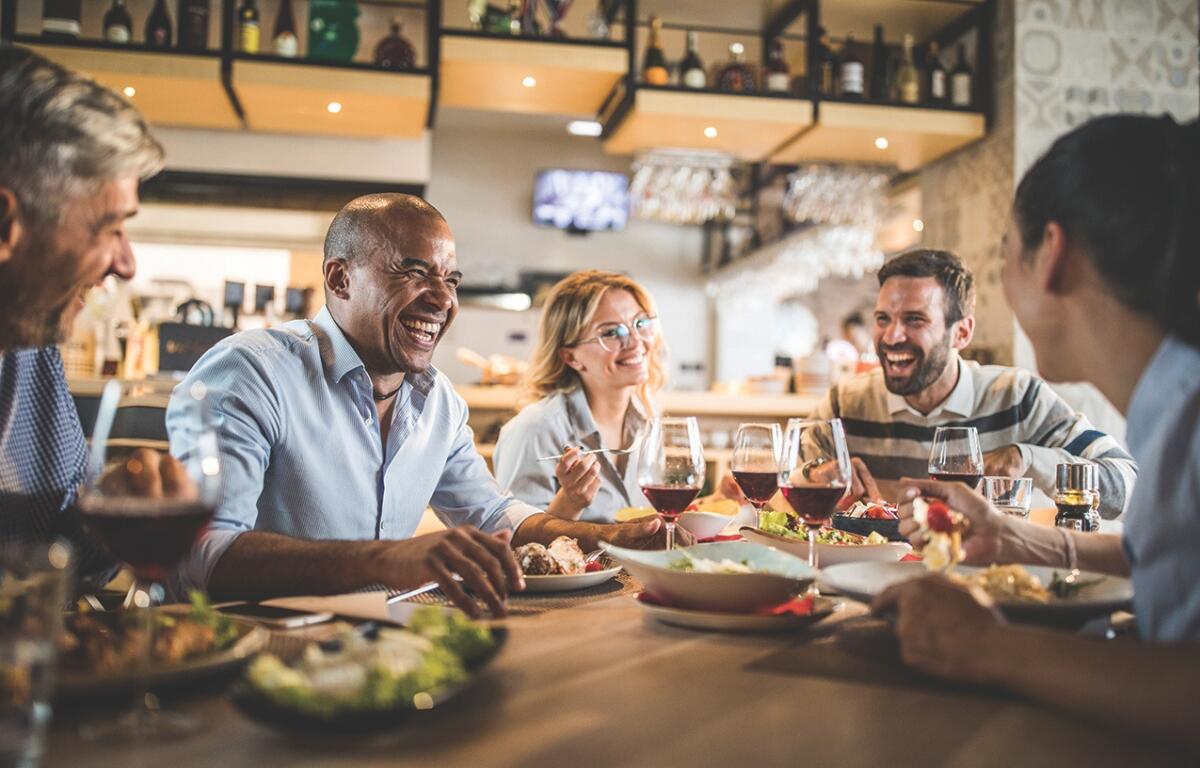Restaurant owners are struggling to fill open positions, with high turnover rates and fewer applicants. Staffing issues inevitably lead to longer wait times for tables and food service, a reality that has compelled many people to dine out less often. Staffing challenges are not the only variable keeping diners home, as inflation has led many consumers to conclude that dining out is a luxury they cannot afford at a time when the cost of living remains high.
Enticing more people to dine out is no small task for restaurant owners, but the following are a handful of strategies that can help restaurants fill up their dining rooms.
1) Participate in community events.
Some consumers may simply need to be reminded how delicious your meals can be. Community festivals and other special events present an ideal opportunity to reconnect with consumers who have not dined out in a while.
2) Host events on traditionally slow nights.
Even restaurants that have experienced shrinking profits may not be struggling to fill seats on Friday and Saturday nights. Weeknights might be another story entirely. Midweek events like trivia nights, gaming night, live music showcases, and/or food and wine tastings might compel people to dine out on nights when they’re accustomed to cooking or ordering in.
3) Offer takeout or delivery.
It might not get people into the building, but it can improve your bottom line. Data from Edison Trends indicates that food delivery transactions increased by 58 percent in the United States between April 2020 and April 2021. The convenience of delivery or takeout has not been forgotten by consumers, so restaurants can once again promote these services or expand and improve existing offerings.
4) Establish a loyalty program.
Loyalty programs reward repeat customers but also help to attract new ones. Existing customers appreciate that their repeated patronage may make them eligible for special benefits, and they’re likely to tell friends about the program. With the current state of inflation, the idea that a business will reward repeat customers with something free of charge is an appealing prospect.
5) Ask for reviews.
The power of online reviews is undeniable, and customers are almost always happy to leave them. But the thing is, they still need a little prompting. This means that asking for reviews should be a part of your restaurant marketing strategy.
6) Build your online presence.
Social Media Marketing can showcase your special offerings and engage potential customers. Businesses with a strong social media presence are the ones that fare the best, especially in the competitive food industry.
7) Develop a radio campaign.
No other medium works better than radio when you’re building your brand awareness. It helps get you wanted more often than your competitors.
8) Set up your Google Business Profile.
This listing helps you to appear in Google Maps and local search results and helps you get found more easily.
9) Send out an email newsletter.
Your restaurant’s newsletter can include new menu items, upcoming events, coupons, customer stories, and more. And it doesn’t have to be weekly. In fact, a newsletter once a month is enough to do the trick.
10) Invest in paid ads.
Running paid ads on platforms like Google and Facebook will get your restaurant in front of large volumes of qualified eyes.
Restaurants have faced an uphill battle to generate revenue since the onset of the pandemic, but various strategies as mentioned above can help restaurant owners entice more people to dine out. Harrisonburg Media Group has a complete advertising and marketing program available that’s specifically designed to help local restaurants grow their business.
To find out more visit Shen Valley Deals or contact me today




